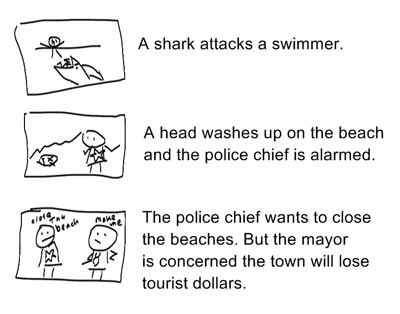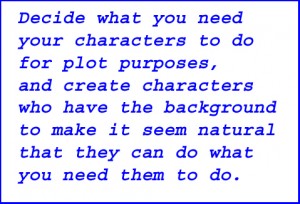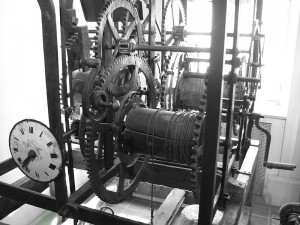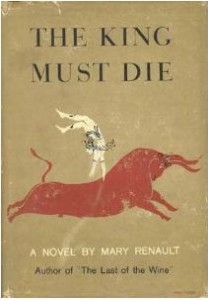Novelists aiming to write popular fiction* need to develop a style that does not call attention to itself. If you’re writing for a wide audience, a straightforward narrative style – bare and spare – lets your story and characters take center stage.
Why? Because you don’t want your reader thinking about your writing style. That jars the reader from the imaginary world of the novel. It slows down the pace of the story.
If your intention is to write a literary novel,** go for it. Polish that style to a fare thee well. But if you’re aiming to write popular fiction, the advice to “keep it simple” applies.
Agents and editors overwhelmingly prefer spare prose. Ask any reader of a slush pile. Writers who “try too hard” in the stylistic department often do so to cover up a yawner plot and cardboard characters.
A good example of good spare prose that lets plot and character shine through is Suzanne Collins’s The Hunger Games. Collins’s prose is not yrical. It’s workmanlike. It does its job. It keeps a reader turning pages.
Collins’s readers are turning those pages not because they enjoy how she can bend a gerund, but because her story and her characters are compelling.
Had she written The Hunger Games in a style that made the reader stop every few sentences to wipe away a rhapsodical tear (at the beauty of the words), but ignored honing plot and character The Hunger Games would have languished on bookstore shelves.
It is common for newbie writers who are honestly striving to do their best to think a “literary” voice is the way to go. They may not yet have mastered characterization, plot and structure, but think, “My writing style sings, so I’ll get published.”
Well, no. Agents and editors want simplicity in the writing, and a darn good story, with great characters. Why? Because that’s what readers want too.
So, keep it simple.
* Work that sells like gangbusters today – and may well become a classic in twenty years time. (Time alone decides who becomes tomorrow’s “literary author.” Shakespeare wrote aiming at popular success – and we all know how that turned out.)
** Fiction of the type English majors study in college classes.





